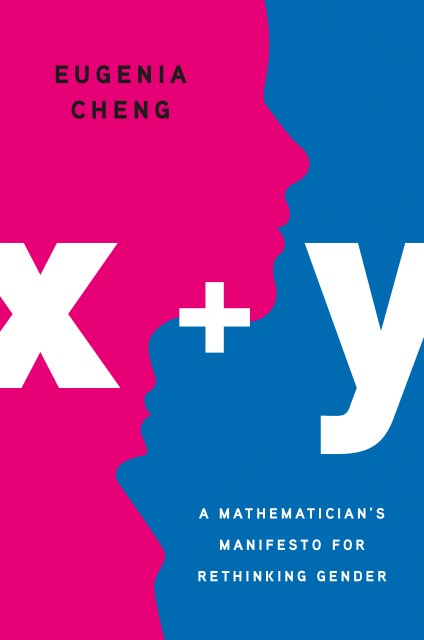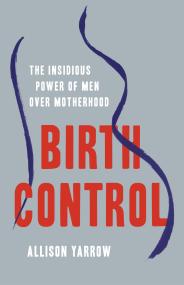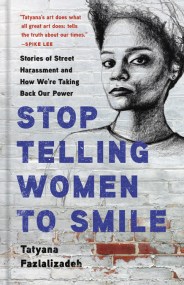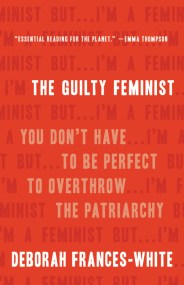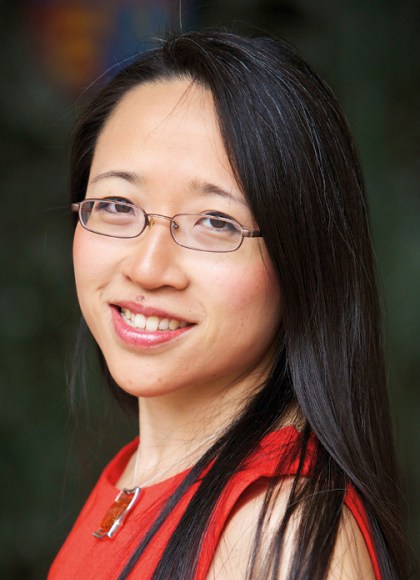x + y
A Mathematician's Manifesto for Rethinking Gender
Contributors
Formats and Prices
Price
$28.00Price
$35.00 CADFormat
Format:
- Hardcover $28.00 $35.00 CAD
- ebook $16.99 $21.99 CAD
- Audiobook Download (Unabridged)
This item is a preorder. Your payment method will be charged immediately, and the product is expected to ship on or around August 25, 2020. This date is subject to change due to shipping delays beyond our control.
Also available from:
Shortlisted for the 2021 Phi Beta Kappa Book Award for Science
One of NPR's Best Books of 2020
One of the Most Fascinating Books WIRED Read in 2020
A brilliant mathematician examines the complexity of gender and society and forges a path out of inequality.
One of NPR's Best Books of 2020
One of the Most Fascinating Books WIRED Read in 2020
A brilliant mathematician examines the complexity of gender and society and forges a path out of inequality.
Why are men in charge? After years in the male-dominated field of mathematics and in the female-dominated field of art, Eugenia Cheng has heard the question many times. In x + y, Cheng argues that her mathematical specialty — category theory — reveals why. Category theory deals more with context, relationships, and nuanced versions of equality than with intrinsic characteristics. Category theory also emphasizes dimensionality: much as a cube can cast a square or diamond shadow, depending on your perspective, so too do gender politics appear to change with how we examine them. Because society often rewards traits that it associates with males, such as competitiveness, we treat the problems those traits can create as male. But putting competitive women in charge will leave many unjust relationships in place. If we want real change, we need to transform the contexts in which we all exist, and not simply who we think we are.
Praise for Eugenia Cheng
"[Eugenia Cheng's] tone is clear, clever and friendly . . . she is rigorous and insightful. . . . [She is] a lucid and nimble expositor."
— Alex Bellos, New York Times Book Review
"Dr. Cheng . . . has a knack for brushing aside conventions and edicts, like so many pie crumbs from a cutting board."
"Dr. Cheng . . . has a knack for brushing aside conventions and edicts, like so many pie crumbs from a cutting board."
— Natalie Angier, New York Times
-
"This book changed my life in the most beautiful way. Eugenia Cheng doesn't just explain why the way our society conceptualizes gender is all wrong -- she proposes a new way of thinking about -- and beyond -- gender....Stunning."Rebecca Ramirez, National Public Radio
-
"On yet another adventure in using the logic of math to address social and emotional issues, author Cheng takes on gender equality...She frames her thinking with relatable examples and anecdotes....Her arguments are both passionate and logical."Booklist (starred review)
-
"This is an important topic and an important time to find better ways to have conversations."New York Times
-
"A bold and optimistic theory of gender and cooperation, based on the insights of math"Katy Guest, The Guardian
-
"Eugenia Cheng is on a mission to change the world for the better, using math.... It's another bold and optimistic thought...if we were ever going to imagine a whole new theory of people, now is as good a time as any to start."Guardian
-
"x + y is a book very much designed to change the world."Times Higher Education
-
"A carefully developed argument that urges us to discuss character traits without reference to gender."Kirkus
- On Sale
- Aug 25, 2020
- Page Count
- 288 pages
- Publisher
- Basic Books
- ISBN-13
- 9781541646506
Newsletter Signup
By clicking ‘Sign Up,’ I acknowledge that I have read and agree to Hachette Book Group’s Privacy Policy and Terms of Use
